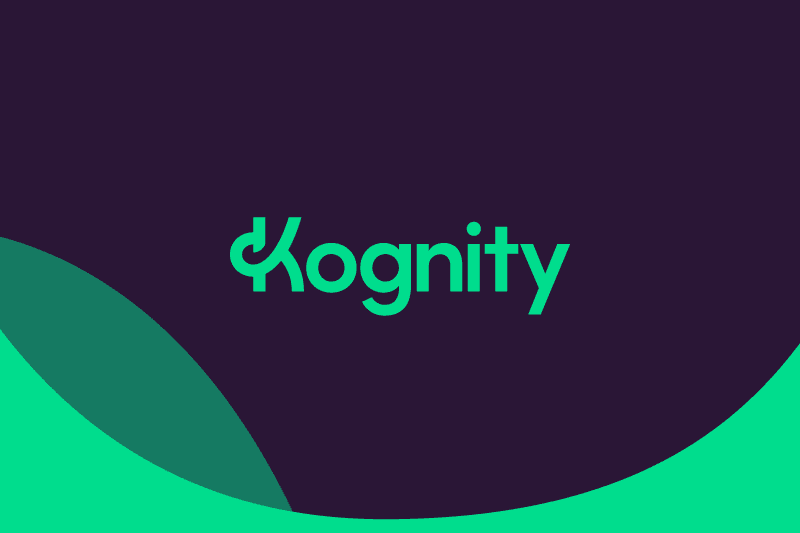Ben Lewis • 26/07/2022 • 8 min read
First Language English IGCSE: Adopting a spiral curriculum
Join Ben Lewis’ live webinar: ‘Preparing Students for the Cambridge IGCSE™ First Language English Exam’ on the 28th October 2021. Participate with your IGCSE colleagues around the world and have the chance to ask questions to our subject expert! Watch it here.
Planning in English has recently come under intense scrutiny from several leading thinkers in pedagogy. Experts like Doug Lemov and particularly David Didau have suggested that the way we plan in English is often not conducive to long-term retention and can even set students up for failure in assessments.
This article considers how implementing a spiral curriculum in English might respond to those criticisms and give our students a better chance at mastering their learning first time and better preparing them for the English Language IGCSE.
Traditional English curriculum planning
In his recent book, Making Meaning in English, David Didau asserts that English curricula tend to be designed in two ways: according to texts – ‘this term we’re learning about An Inspector Calls’ – or according to skills – ‘this term we’re focussing on context and purpose’. Though many thinkers (in particular Doug Lemov) would argue that there is enormous merit to teaching according to texts or skills, the problem from an exam perspective is that these approaches struggle to embed knowledge over time. Even skills-led curricula tend to set out a bank of skills for students to learn, and then cover them only once across the year.
Teaching curricula in this way can contribute to the rush at the end of the year for two main reasons.
Firstly, learners risk becoming competent in a skill only to lose focus on it and subsequently lose their competency. For example, learners might gain great familiarity with summary writing in Year 10, only to find themselves at a loss when confronted with it again at the end of Year 11 due to a lack of revisiting.
Secondly, learners may appear to master a skill but may only truly be proficient at a certain topic. For example, a student may demonstrate excellent inferential skills when reading a non-fiction text about a subject they are familiar with but may struggle immensely in inferring information from a fictional narrative from the 19th century.
When students and teachers have a sudden and shocking realisation of either of these two, they enter the rush.
A good question to ask of your curriculum is whether it would make a difference to move a unit from one term or year to another. If the answer is that it wouldn’t make a difference then that might indicate that the sequencing of your curriculum is not coherent.”
– David Didau
The spiral curriculum and the English Language IGCSE
A possible alternative to this way of teaching is the spiral curriculum. The spiral curriculum was developed in the 1960s by Jerome Bruner and is a very simple idea. Essentially, learners are introduced to knowledge and skills at a basic level. These are then revisited in greater depth in a repetitive spiral until the learning is mastered. The idea has been successfully applied in a number of fields.
It sounds like a perfectly obvious approach to teaching, and yet it is not the norm in the English classroom. This may be because the spiral curriculum is associated more with teaching knowledge (hence its wider use in Maths), whereas the English Language course is largely skills based. Or rather, the teachable knowledge that can be relied upon to appear in the exam is fairly narrow. It is not possible, for example, to give students a knowledge of every topic that might be thrown up by the unseen texts in Paper 1. Neither is it possible to prepare them for every instance in which they might make an inference or analyse a simile.
However, it is possible to isolate and prioritise the knowledge and skills that we do know will be useful to our students in the exam. Here’s how.
Adopting a spiral curriculum for the English Language IGCSE
1. Identifying knowledge and skills to teach
In order to contend with the challenges posed by the English Language exam, teachers first need to sit down (ideally as a department) and select which knowledge and skills to prioritise. These might be split into three main categories.
Knowledge of skills and processes: giving students memorable and revisable guides on how to approach each skill. These should start simply and become more complex as the course progresses. An example for analysing words might be:
1. Identify the effect of the sentence on the reader – ‘this makes me feel…’
2. Identify which words create this effect.
3. Notice whether the word has positive or negative connotations.
4. Notice whether the word has been used in an unusual way or has been given extra meaning.
5. Explain how the word created the effect.
Knowledge of important features and concepts: this involves arming students with knowledge relevant to the exam. These should answer the question: ‘what knowledge do students need to have in order to do these skills?’ These might include, though are not limited to:
– Common language techniques.
– Features of various text types (letters, news articles, speeches etc).
– Command verbs for questions (explain, analyse, identify).
Knowledge of likely text types: this knowledge comes from selecting which texts we use as part of our teaching. If students are exposed to a wide range of text forms (and topics), then their chance of success increases. When selecting these, it is helpful to peruse past papers to identify common topics.
It is critical to use syllabus overviews to ensure that everything relevant is covered for the exam. However, it is also vital that teachers go beyond this, breaking down skills further than the syllabus does. The language used in the assessment objective should be seen as a final mastery of a skill not the first step.
The image below looks at the results of what this process might look like for reading skills.
2. Forming a spiral curriculum
Once we have identified the knowledge and skills that we want to teach, we then need to decide the optimum order to teach them in. Again, the syllabus (and exam paper) is helpful here as they tend to operate towards increasing levels of difficulty. For example, Paper 1 starts with handling explicit and implicit information before moving onto more challenging skills of analysing and evaluating.
Some basic questions to be asking yourself when designing the curriculum are:
Do the knowledge and skills I am teaching first require any prior teaching that students do not yet have? (If the answer is yes, then you need to break the skill down further).
– Do the knowledge and skills I teach steadily increase in challenge?
– Am I revisiting skills previously covered and building on them?
You can see below how the knowledge and skills previously identified might be arranged into a spiral curriculum for the first three half terms of Year 10.
Kognity and the spiral curriculum
Kognity’s Cambridge IGCSE™ First Language English digital textbook can support you in designing your spiral curriculum as it uses this principal itself. It might help in the following ways:
Selecting which skills to teach and in what order: looking at the titles of each section in the Kognity textbook shows you in what order the skills are taught. You may wish to use this as a guide for your own curriculum design.
Using lessons and activities: once you have designed your curriculum, you may wish to use Kognity activities as lesson resources, homework, or pre-teaching. Some teachers dip in and out of these, though it is possible to follow them more closely, for example, by aiming to cover each topic (connection, sustainability, culture, sport) in a given term.
Text types: the Kognity digital textbook ensures that all possible text types that might be relevant to the exam are covered, as well as a breadth of topics. These can easily be integrated into your own curriculum.

Do you want to try Kognity at your school?
Get startedJoin Ben Lewis’ live webinar on the 28th October 2021: Preparing Students for the Cambridge IGCSE™ First Language English Exam. Register here!
Blog articles




